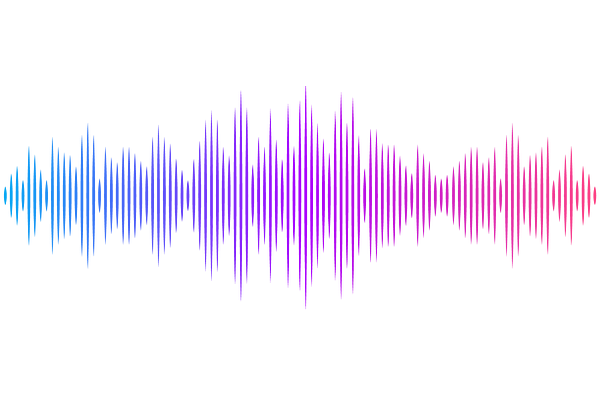Gene therapies alleviate absence epilepsy associated with Scn2a deficiency in DBA/2J mice

Gene therapies alleviate absence epilepsy associated with Scn2a deficiency in DBA/2J mice
Zhang, Z.; Zhang, J.; Chen, X.; Deming, B. A.; Kant, S.; Mandal, P.; Kothandaraman, H.; SanMiguel, P. J.; Halurkar, M. S.; Abeyaratna, A. D.; Robinson, M. J.; Zhao, Y.; Vitko, Y.; Gaykema, R. P.; Yuan, C.; Lanman, N. A.; Tegtmeyer, M. T.; Wang, D.; Gao, G.; Shi, R.; Perez-Reyes, E.; Yang, Y.
AbstractMutations in the voltage-gated sodium channel gene SCN2A, which encodes the NaV1.2 channel, cause severe epileptic seizures. Patients with SCN2A loss-of-function (LoF) mutations, such as protein-truncating mutations, often experience later-onset and drug-resistant epilepsy, highlighting an urgent unmet clinical need for new therapies. We previously developed a gene-trap Scn2a (Scn2agt/gt) mouse model with a global NaV1.2 reduction in the widely used C57BL/6N (B6) strain. Although these mice display multiple behavioral abnormalities, EEG recordings indicated only mild epileptiform discharges, possibly attributable to the seizure-resistant characteristics associated with the B6 strain. To enhance the epileptic phenotype, we derived congenic Scn2agt/gt mice in the seizure-susceptible DBA/2J (D2J) strain. Notably, we found that these mice exhibit prominent spontaneous absence seizures, marked by both short and long spike-wave discharges (SWDs). Restoring NaV1.2 expression in adult mice substantially reduced their SWDs, suggesting the possibility of SCN2A gene replacement therapy during adulthood. RNA sequencing revealed significant alterations in gene expression in the Scn2agt/gt mice, in particular a broad downregulation of voltage-gated potassium channel (KV) genes, including KV1.1. The reduction of KV1.1 expression was further validated in human cerebral organoids with SCN2A deficiency, highlighting KV1.1 as a promising therapeutic target for refractory seizures associated with SCN2A dysfunction. Importantly, delivery of exogenous human KV1.1 expression via adeno-associated virus (AAV) in D2J Scn2agt/gt mice substantially reduced absence seizures. Together, these findings underscore the influence of mouse strain on seizure severity and highlight the potential of targeted gene therapies for treating SCN2A deficiency-related epilepsies.